Alt lab test normal range. Understanding ALT Blood Test: Normal Range, Significance, and Interpretation
What is the normal range for ALT blood test. How is the ALT test performed. Why do doctors order ALT tests. What do abnormal ALT results indicate. How to prepare for an ALT blood test. What are the risks associated with ALT testing. How does ALT relate to liver function.
What is the ALT Blood Test and Why is it Important?
The Alanine Transaminase (ALT) blood test, also known as Serum Glutamate Pyruvate Transaminase (SGPT) test, is a crucial diagnostic tool used to assess liver health. ALT is an enzyme primarily found in liver cells, and its presence in the bloodstream can indicate liver damage or disease.
Why is the ALT test significant? ALT plays a vital role in amino acid metabolism within the liver. When liver cells are damaged or die, ALT is released into the bloodstream. Elevated levels of ALT in the blood can signal various liver problems, making this test an essential component of liver function assessment.

Key Functions of ALT in the Body
- Catalyzes the transfer of amino groups between alanine and glutamate
- Aids in gluconeogenesis (production of glucose from non-carbohydrate sources)
- Contributes to the citric acid cycle indirectly
Normal Range for ALT Blood Test Results
Understanding the normal range for ALT blood test results is crucial for interpreting the test outcome. What is considered a normal ALT level? The typical normal range for ALT is 4 to 36 units per liter (U/L). However, it’s important to note that this range may vary slightly depending on the laboratory and the specific testing method used.
Are there factors that can influence ALT levels within the normal range? Yes, several factors can affect ALT levels, even within the normal range:
- Age: ALT levels tend to increase slightly with age
- Gender: Men often have slightly higher ALT levels than women
- Body Mass Index (BMI): Higher BMI can correlate with higher ALT levels
- Exercise: Intense physical activity can temporarily elevate ALT levels
- Time of day: ALT levels may fluctuate throughout the day
How is the ALT Blood Test Performed?
The ALT blood test is a straightforward procedure that involves drawing a blood sample from a vein, typically in the arm. How exactly is the test conducted? Here’s a step-by-step breakdown of the process:

- A healthcare professional will clean the area where the blood will be drawn, usually the inside of the elbow or back of the hand.
- An elastic band is placed around the upper arm to make the vein more prominent.
- A needle is gently inserted into the vein to collect the blood sample.
- The blood is drawn into a vial or tube.
- The needle is removed, and a small bandage is applied to the puncture site.
How long does the ALT blood test take? The actual blood draw typically takes less than five minutes. However, you should allow for additional time for registration and preparation.
Preparing for an ALT Blood Test: What You Need to Know
Proper preparation can ensure accurate ALT test results. How should you prepare for an ALT blood test? In most cases, no special preparation is required. However, there are some general guidelines to follow:
- Inform your healthcare provider about any medications or supplements you’re taking, as some can affect ALT levels.
- If instructed, fast for 10-12 hours before the test. Water is usually allowed.
- Avoid strenuous exercise 24 hours before the test, as it can temporarily elevate ALT levels.
- Wear a short-sleeved shirt or loose-fitting sleeves for easy access to your arm.
Should you stop taking medications before the test? Never discontinue any prescribed medications without consulting your doctor first. Some medications can influence ALT levels, so it’s crucial to inform your healthcare provider about all the medicines you’re taking.

Interpreting ALT Test Results: What Do They Mean?
Interpreting ALT test results requires understanding what different levels may indicate. What do elevated ALT levels suggest? Increased ALT levels often point to liver damage or disease. Some common causes of elevated ALT include:
- Hepatitis (viral, alcoholic, or autoimmune)
- Cirrhosis
- Fatty liver disease
- Liver cancer
- Medications (e.g., certain antibiotics, statins)
- Alcohol abuse
Can ALT levels be too low? While less common, low ALT levels can occur. What might cause low ALT levels? Potential causes include:
- Vitamin B6 deficiency
- Kidney dialysis
- Severe liver damage (in advanced stages)
It’s important to note that ALT results should always be interpreted in conjunction with other liver function tests and clinical findings for a comprehensive assessment of liver health.
Risks and Side Effects of ALT Blood Testing
While the ALT blood test is generally safe, it’s essential to be aware of potential risks and side effects. What are the common side effects of blood draw for ALT testing? Most people experience minimal discomfort, but some may encounter:

- Slight pain or stinging at the needle insertion site
- Minor bruising or swelling
- Dizziness or lightheadedness (especially in those prone to fainting)
Are there any serious risks associated with ALT blood testing? Serious complications are rare but can include:
- Excessive bleeding, particularly in individuals with bleeding disorders or taking blood thinners
- Infection at the puncture site (although proper sterilization techniques minimize this risk)
- Hematoma (a collection of blood under the skin)
If you experience persistent bleeding, severe pain, or signs of infection after the test, contact your healthcare provider immediately.
ALT Test in Conjunction with Other Liver Function Tests
While the ALT test provides valuable information about liver health, it’s often performed alongside other liver function tests for a more comprehensive evaluation. What other tests are commonly ordered with ALT? Some frequently combined tests include:
- Aspartate Aminotransferase (AST)
- Alkaline Phosphatase (ALP)
- Gamma-Glutamyl Transferase (GGT)
- Bilirubin
- Albumin
- Prothrombin Time (PT)
Why are multiple tests often necessary? Each test provides different insights into liver function and health. For example, the AST/ALT ratio can help differentiate between various liver conditions, while bilirubin levels can indicate the liver’s ability to process waste products.
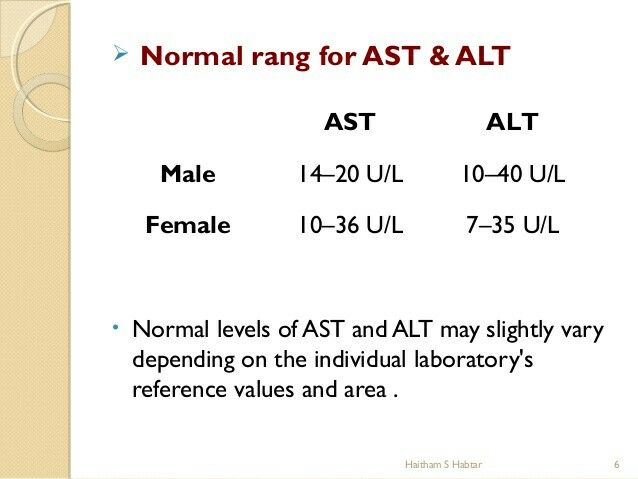
The AST/ALT Ratio
The ratio of AST to ALT can be particularly informative. What does the AST/ALT ratio tell us?
- A ratio greater than 2:1 (AST:ALT) may suggest alcoholic liver disease
- A ratio less than 1:1 is more common in viral hepatitis and nonalcoholic fatty liver disease
- In chronic liver diseases, the ratio tends to increase as fibrosis progresses
Lifestyle Factors Affecting ALT Levels
Various lifestyle factors can influence ALT levels, even in individuals without liver disease. What lifestyle choices can impact ALT levels? Some key factors include:
- Alcohol consumption: Regular heavy drinking can elevate ALT levels
- Diet: A high-fat diet may contribute to fatty liver disease and increased ALT
- Exercise: While moderate exercise is beneficial, intense workouts can temporarily raise ALT
- Weight: Obesity is associated with higher ALT levels
- Medications: Certain drugs, including some over-the-counter pain relievers, can affect ALT
How can you maintain healthy ALT levels through lifestyle choices? Consider these strategies:

- Limit alcohol intake
- Maintain a balanced, nutritious diet
- Exercise regularly, but avoid excessive intensity
- Maintain a healthy weight
- Consult with your healthcare provider about medications and supplements
ALT Testing in Specific Medical Conditions
ALT testing plays a crucial role in diagnosing and monitoring various liver-related conditions. How is ALT testing used in specific medical scenarios? Let’s explore some common applications:
Hepatitis
In viral hepatitis, ALT levels often rise dramatically. How does ALT testing help in hepatitis management?
- Aids in initial diagnosis of acute hepatitis
- Monitors disease progression and treatment efficacy in chronic hepatitis
- Helps differentiate between various types of hepatitis (e.g., alcoholic vs. viral)
Nonalcoholic Fatty Liver Disease (NAFLD)
NAFLD is becoming increasingly common, especially in developed countries. What role does ALT play in NAFLD diagnosis and management?
- Elevated ALT can be an early indicator of NAFLD
- Regular ALT monitoring helps track disease progression
- ALT levels may guide treatment decisions and lifestyle interventions
Drug-Induced Liver Injury
Many medications can potentially cause liver damage. How is ALT testing used in monitoring drug-related liver effects?

- Baseline ALT levels are often measured before starting certain medications
- Regular ALT testing during treatment can detect early signs of liver injury
- Significant ALT elevations may prompt dose adjustments or medication changes
Frequency of ALT Testing: How Often Should It Be Done?
The frequency of ALT testing depends on individual circumstances and medical conditions. How often should ALT levels be checked? Here are some general guidelines:
- For routine health check-ups in healthy individuals: Once every 1-2 years
- For individuals with risk factors for liver disease: Annually or more frequently, as advised by a healthcare provider
- For monitoring known liver conditions: The frequency may range from monthly to quarterly, depending on the specific condition and treatment plan
- For individuals taking medications that can affect the liver: As recommended by the prescribing physician, often starting with more frequent tests and potentially decreasing frequency if levels remain stable
Are there situations that require more frequent ALT testing? Yes, certain scenarios may call for more regular monitoring:
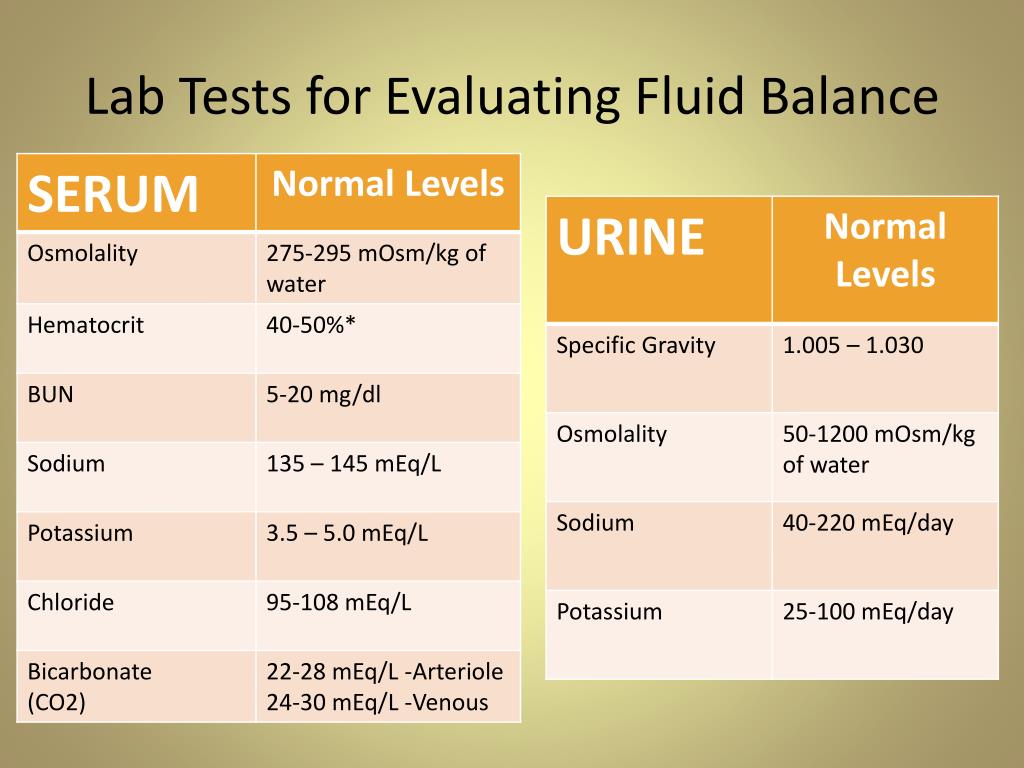
- During acute liver infections or inflammation
- When starting new medications known to affect liver function
- In the early stages of treatment for chronic liver diseases
- Following liver transplantation
ALT Testing in Children and Adolescents
ALT testing in pediatric populations requires special considerations. How does ALT testing differ for children and adolescents? Key points include:
- Normal ranges may vary depending on age and gender
- Interpretation should consider growth and developmental factors
- Certain childhood conditions, such as muscular dystrophy, can affect ALT levels
When might ALT testing be recommended for children? Common scenarios include:
- Suspected liver disease or hepatitis
- Monitoring effects of certain medications
- Evaluation of unexplained symptoms that could be liver-related
- Screening in children with risk factors for liver disease (e.g., obesity, family history)
Future Directions in Liver Function Testing
As medical science advances, new approaches to liver function testing are emerging. What future developments might impact ALT testing and liver health assessment? Some promising areas include:
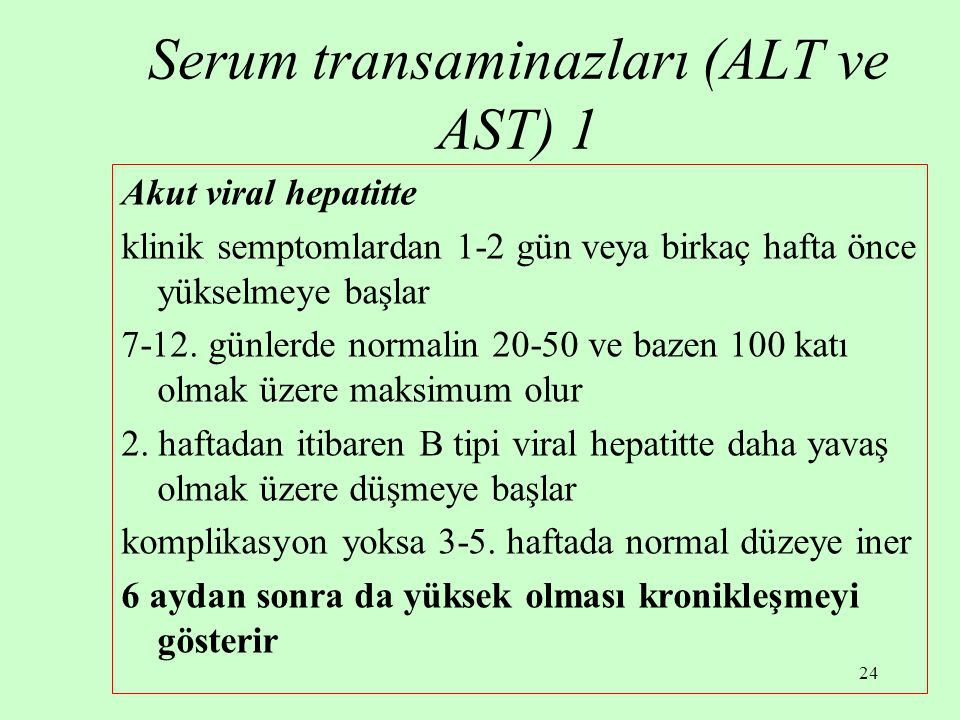
- Non-invasive imaging techniques: Advanced imaging methods may provide more detailed information about liver health without the need for blood tests
- Genetic markers: Identification of genetic factors influencing ALT levels and liver disease susceptibility
- Microbiome analysis: Understanding how gut bacteria influence liver function and ALT levels
- Artificial intelligence: AI algorithms may improve interpretation of ALT results in conjunction with other health data
- Point-of-care testing: Development of rapid, portable ALT testing devices for more immediate results
How might these advancements change liver health monitoring? Future developments could lead to more personalized, comprehensive, and accessible liver health assessments, potentially allowing for earlier detection and more tailored treatment strategies.
Conclusion: The Importance of ALT Testing in Overall Health
ALT testing serves as a valuable tool in assessing and monitoring liver health. Its significance extends beyond just liver-specific conditions, as it can provide insights into overall metabolic health and the impact of various lifestyle factors. Regular ALT testing, when appropriate, can aid in early detection of liver issues, guide treatment decisions, and help monitor the effectiveness of interventions.

As we continue to understand more about liver function and its relationship to overall health, the role of ALT testing is likely to evolve. Integrating ALT results with other health metrics and emerging diagnostic technologies promises to provide an even more comprehensive picture of an individual’s health status.
Ultimately, ALT testing remains an essential component of preventive healthcare and disease management. By staying informed about the significance of ALT levels and working closely with healthcare providers, individuals can take proactive steps towards maintaining optimal liver health and overall well-being.
Alanine transaminase (ALT) blood test
Medical Tests
Definition
The alanine transaminase (ALT) blood test measures the level of the enzyme ALT in the blood.
Alternative Names
SGPT; Serum glutamate pyruvate transaminase; Alanine transaminase; Alanine aminotransferase
How the Test is Performed
A blood sample is needed.
How to Prepare for the Test
No special preparation is needed.
How the Test will Feel
When the needle is inserted to draw blood, some people feel moderate pain. Others feel only a prick or stinging. Afterward, there may be some throbbing or a slight bruise. This soon goes away.
Why the Test is Performed
ALT is an enzyme found in a high level in the liver. An enzyme is a protein that causes a specific chemical change in the body.
Injury to the liver results in release of ALT into the blood.
This test is mainly done along with other tests (such as AST, ALP, and bilirubin) to diagnose and monitor liver disease.
Normal Results
The normal range is 4 to 36 U/L.
Normal value ranges may vary slightly among different laboratories. Some labs use different measurements or may test different samples. Talk to your health care provider about the meaning of your specific test results.
What Abnormal Results Mean
An increased ALT level is often a sign of liver disease. Liver disease is even more likely when the levels of substances checked by other liver blood tests have also increased.
An increased ALT level may be due to any of the following:
- Scarring of the liver (cirrhosis)
- Death of liver tissue
- Swollen and inflamed liver (hepatitis)
- Too much iron in the body (hemochromatosis)
- Too much fat in the liver (fatty liver)
- Lack of blood flow to the liver (liver ischemia)
- Liver tumor or cancer
- Use of drugs that are toxic to the liver
- Mononucleosis (“mono”)
- Swollen and inflamed pancreas (pancreatitis)
Risks
adam.com”>There is little risk involved with having your blood taken. Veins and arteries vary in size from one person to another and from one side of the body to the other. Taking blood from some people may be more difficult than from others.Other risks associated with having blood drawn are slight, but may include:
- Excessive bleeding
- Fainting or feeling lightheaded
- Multiple punctures to locate veins
- Hematoma (blood collecting under the skin)
- Infection (a slight risk any time the skin is broken)
References
Chernecky CC, Berger BJ. Alanine aminotransferase (ALT, alanine transaminase, SGPT) – serum. In: Chernecky CC, Berger BJ, eds. Laboratory Tests and Diagnostic Procedures. 6th ed. St Louis, MO: Elsevier Saunders; 2013:109-110.
Pincus MR, Tierno PM, Gleeson E, Bowne WB, Bluth MH. Evaluation of liver function. In: McPherson RA, Pincus MR, eds. Henry’s Clinical Diagnosis and Management by Laboratory Methods. 23rd ed. St Louis, MO: Elsevier; 2017:chap 21.
In: McPherson RA, Pincus MR, eds. Henry’s Clinical Diagnosis and Management by Laboratory Methods. 23rd ed. St Louis, MO: Elsevier; 2017:chap 21.
Pratt DS. Liver chemistry and function tests. In: Feldman M, Friedman LS, Brandt LJ, eds. Sleisenger and Fordtran’s Gastrointestinal and Liver Disease. 10th ed. Philadelphia, PA: Elsevier Saunders; 2016:chap 73.
Review Date: 01/26/2019
The information provided herein should not be used during any medical emergency or for the diagnosis or treatment of any medical condition. A licensed physician should be consulted for diagnosis and treatment of any and all medical conditions. Call 911 for all medical emergencies. Links to other sites are provided for information only — they do not constitute endorsements of those other sites. Copyright ©2019 A.D.A.M., Inc., as modified by University of California San Francisco. Any duplication or distribution of the information contained herein is strictly prohibited.
Information developed by A.D.A.M., Inc. regarding tests and test results may not directly correspond with information provided by UCSF Health. Please discuss with your doctor any questions or concerns you may have.
Alanine Aminotransferase (ALT) Test and Results (aka SGPT Test)
Written by WebMD Editorial Contributors
- Why Is ALT Important?
- Why Would My Doctor Order This Test?
- How Do I Prepare?
- What Happens During the Test?
- What Are the Risks?
- What Do the Results Mean?
- What Other Tests Will I Take?
- More
The alanine aminotransferase (ALT) test is a blood test that checks for liver damage. Your doctor can use this test to find out if a disease, drug, or injury has damaged your liver.
Your liver does a lot of important things for you:
- It makes a fluid called bile that helps your body digest food.
- It removes waste products and other toxins from your blood.

- It produces proteins and cholesterol.
Diseases such as hepatitis and cirrhosis can damage your liver and prevent it from doing its many jobs.
This enzyme is found mainly in your liver. Smaller amounts of ALT are in your muscle, kidneys , and other organs.
Your body uses ALT to break down food into energy. Normally, ALT levels in the blood are low. If your liver is damaged, it will release more ALT into your blood and levels will rise. (ALT used to be called serum glutamic-pyruvic transaminase, or SGPT).
Doctors often give the ALT test along with other liver tests.
Your doctor might recommend ALT if you have symptoms of liver disease or damage, such as:
- Stomach pain or swelling
- Nausea
- Vomiting
- Yellow skin or eyes (a condition called jaundice)
- Weakness
- Extreme tiredness (fatigue)
- Dark-colored urine
- Light-colored poop
- Itchy skin
Here are some reasons you might get this test:
- You’ve been exposed to the hepatitis virus.

- You drink a lot of alcohol.
- You have a family history of liver disease.
- You take medicine that’s known to cause liver damage.
The ALT test can be done as part of a blood panel during a regular exam. If you’ve already been diagnosed with liver disease, your doctor can use the ALT test to see how well your treatment is working.
You don’t need any special preparation for the ALT test. Your doctor might ask you to stop eating or drinking a few hours before the test.
Tell your doctor what prescription drugs or supplements you take. Some medicines can affect the results of this test.
A nurse or lab tech will take a sample of your blood, usually from a vein in your arm. They will first tie a band around the upper part of your arm to make your vein fill with blood and swell up. Then they will clean the area with an antiseptic and place a needle into your vein. Your blood will collect into a vial or tube.
The blood test should take only a couple of minutes. After your blood is taken, the lab tech will remove the needle and band, then put a piece of gauze and a bandage over the spot the needle went in to stop the bleeding.
After your blood is taken, the lab tech will remove the needle and band, then put a piece of gauze and a bandage over the spot the needle went in to stop the bleeding.
The ALT blood test is safe. Risks are usually minor, and can include:
- Bleeding
- Bruising
- Infection
- Slight pain when the needle is inserted
- Fainting or feeling dizzy
You should get your results in about a day. A normal ALT test result can range from 7 to 55 units per liter (U/L), but it varies depending on the laboratory used. Levels are normally higher in men.
Slightly high ALT levels may be caused by:
- Alcohol abuse
- Cirrhosis (long-term damage and scarring of the liver)
- Mononucleosis
- Drugs such as statins, aspirin, and some sleep aids
Moderately high ALT levels may be because of:
- Chronic (ongoing) liver disease
- Alcohol abuse
- Cirrhosis
- Blockage of the bile ducts
- Heart attack or heart failure (when your heart can’t pump enough blood to your body)
- Kidney damage
- Muscle injury
- Damage to red blood cells
- Heat stroke
- Too much vitamin A
Very high ALT levels can be caused by:
- Acute viral hepatitis
- An overdose of drugs such as acetaminophen (Tylenol)
- Liver cancer
- Sepsis
ALT usually is done as part of a group of liver function tests called a liver panel.
This panel also includes an aspartate aminotransferase (AST) test. AST is another liver enzyme. As with ALT, the levels of AST in your blood rise if your liver is damaged.
Comparing ALT with AST levels gives your doctor more information about the health of your liver. The AST-to-ASL ratio can help your doctor figure out how severe the liver damage is and what might have caused it.
To find out what type of liver disease you have, your doctor might also test the levels of other enzymes and proteins found in your liver, including:
- Albumin
- Alkaline phosphatase
- Bilirubin
- Lactate dehydrogenase (LDH)
- Total protein
- GGT
Talk to your doctor to make sure you understand all of your liver test results. Also find out how these results might affect your treatment.
Top Picks
Alt-test – ALT Linux Wiki
From ALT Linux Wiki
alt-test – ALT Linux testing framework based on Tapper.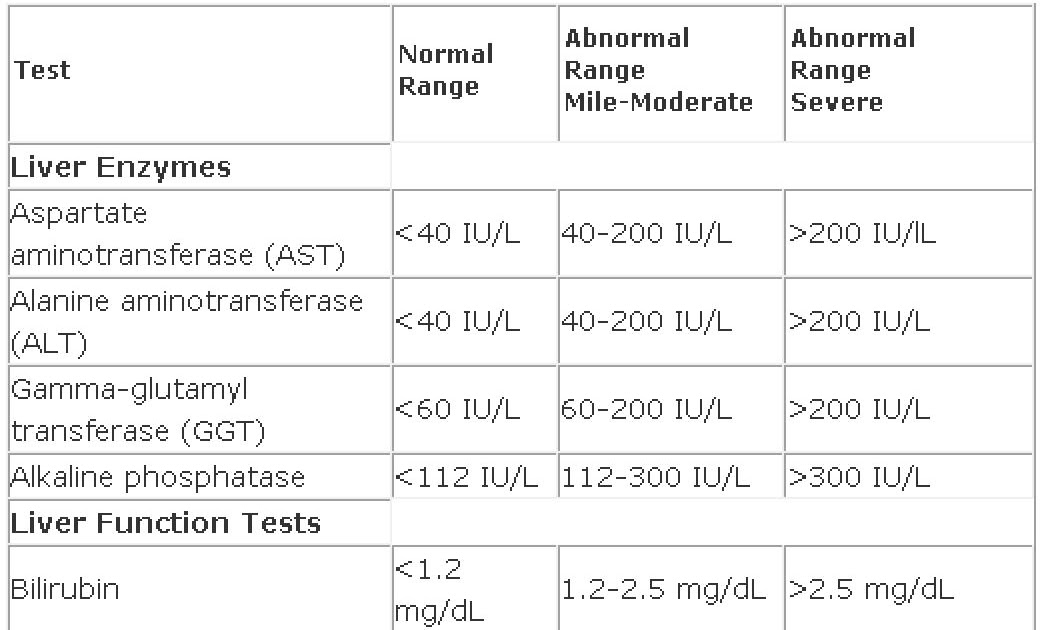
The program is distributed under license GPLv3 .
Usage:
alt-test [options] [test1 ...]
| Parameter | Description |
|---|---|
| -l | Show list of available test modules |
| -h | Usage Help |
| -v | Show full test progress |
| –version | Software version |
The tests are located in /usr/lib/alt-test.
Note: The test program comes with two tests: altlinux and selftest. The first one allows you to check if the current system is an ALT Linux distribution, the second one – to show you obviously fail tests
Contents
- 1 Test start example
- 2 Writing tests
- 2.1 Example
- 2.2 Checks
- 2.2.1 Environment Variables
- 2.2.2 Useful functions
- 2.3 Universal check
- 2.
 4 Comments in the output
4 Comments in the output
- 3 Tips and secrets
- 3.1 Stream Processing
alt-test altlinux alt-test -v selftest
The test file has a .t extension and is a shell script. It starts with an interpreter indication line:
#!/bin/sh
Then the test functions are connected:
. alt-test-functions
This is followed by one or more checks and the test description file ends with a function call
test_end
Example
#!/bin/sh . alt-test-functions test_file /etc/hosts test_exec ls test_package coreutils test_end
Checks
| Checks | Description |
|---|---|
| test_file | check if file exists |
| test_exec | Check if an executable program exists and is available to run |
| test_package | Check if a package is installed on the system or exists on disk. Package name can be specified with version and comparison sign since version 1.1.2. Example: test_package “samba>4.0.16” Package name can be specified with version and comparison sign since version 1.1.2. Example: test_package “samba>4.0.16” |
| test_unwished_package | Check if the unwanted package is missing from the system or disk. since version 1.1.4 |
Environment variables
| Variable | Description |
|---|---|
| TEST_PACKAGE_SOURCE | Path to file with ISO image, where to check for packages from version 1.1.2 |
Useful functions
| Function | Description |
|---|---|
| get_package_version | Retrieve the version and release of a package installed or existing on disk since version 1.1.0 |
Universal test
ok $? " "
Comments in output
append_comment "Comment"
Names of called files with tests are displayed in comments since version 1. 1.1.
1.1.
Stream processing
Since test results are accumulated in the $TAP variable, avoid using subshell when streaming (for example, in pipelines):
Wrong:
find /usr/share/applications -name \*.desktop | while read desktop_file; do test_desktop_l10n "$desktop_file" done
Correct:
out="$(mktemp)" find /usr/share/applications -name \*.desktop > $out while read -r desktop_file; do test_desktop_l10n "$desktop_file" done < $out rm -f $out
ALT (ALT, Alanine aminotransferase, alanine transaminase, SGPT, Alanine aminotransferase)
Alanine aminotransferase (AlAT, ALT) is an intracellular enzyme, the content of which in the blood of healthy people is low. It is mainly found in the cells of the liver, myocardium, skeletal muscles, pancreas. When cells containing ALT are damaged or destroyed, the enzyme is released into the bloodstream, and its concentration in the blood increases.
Determination of the level of alanine aminotransferase is carried out for the diagnosis of liver diseases and dynamic monitoring of their treatment. The analysis is performed for suspected acute or chronic hepatitis of viral or toxic etiology, cirrhosis of the liver, primary tumors, or metastatic liver disease.
The analysis is performed for suspected acute or chronic hepatitis of viral or toxic etiology, cirrhosis of the liver, primary tumors, or metastatic liver disease.
The growth of alanine aminotransferase in the blood in hepatitis is noted much earlier than the onset of the icteric stage, which makes it possible to identify the pathology at the initial stage.
As part of a screening examination (preventive examination of persons who do not have complaints) to assess the condition of the liver, before planned hospitalization and surgical treatment, an analysis for ALT is prescribed together with another enzyme - AsAT (aspartate aminotransferase).
The level of ALT together with other enzymes is evaluated in diseases of the pancreas and gallbladder - pancreatitis, cholecystitis, cholelithiasis; if there are complaints of unexplained general weakness, fatigue, yellowness of the skin and sclera, abdominal pain, including a feeling of heaviness in the right hypochondrium, nausea, vomiting.
In addition, the ALT level is taken into account in myocardial infarction and myocarditis, although in cases of heart damage it is only of secondary importance. The study is prescribed for suspected myositis, myodystrophy, when complaints of muscle pain cannot be explained by injuries or excessive physical activity.
Donation is a mandatory reason for testing for ALT.
ALT values are assessed in any chronic disease, before prescribing drug therapy, for example, antitumor, anti-tuberculosis drugs, to assess the initial state of the liver and over time to assess drug tolerance.
Preparing for the procedure
It is better to take the test in the morning on an empty stomach (after an 8-14 hour break after the last meal).
Drinking water is allowed.
If necessary, it is permissible to donate blood 4-6 hours after a light meal.
On the eve it is desirable to avoid physical and emotional overload, overeating.
Avoid drinking alcohol 5-6 days before the test.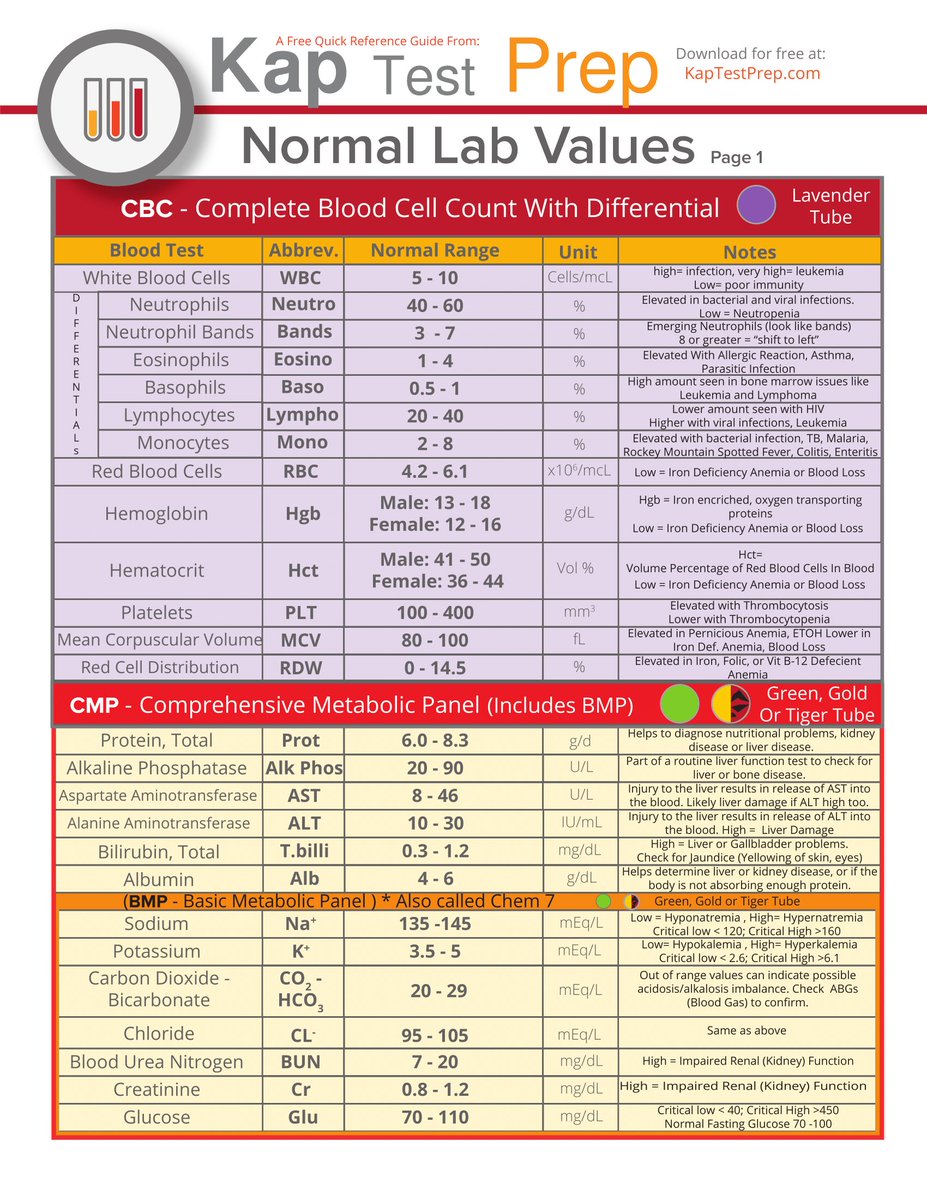
Avoid smoking 30 minutes before blood sampling.
Deadline
The survey is completed within one business day.
What can affect the results
Intense physical activity the day before and even a few days before the test can lead to damage to muscle tissue (the so-called tear of muscle fibers) and, accordingly, an increase in the level of ALT. For the same reason, the analysis given after the injury is not informative.
Taking alcohol, certain drugs (antibiotics, non-steroidal anti-inflammatory drugs, anticancer drugs, oral contraceptives, etc.) often distort the result of the study. The list of medications taken should be discussed with the doctor who ordered the analysis, cancel those that are possible - without risk to health.
ALT (ALT, Alanine aminotransferase, alanine transaminase)
For research, blood is taken from a vein. Usually, ASAT (AST, Aspartate aminotransferase) is determined simultaneously and the ratio of ASAT / AlAT (de Ritis coefficient) is estimated.
You can take a blood test for ALT (ALT, Alanine aminotransferase, alanine transaminase) at the nearest INVITRO medical office. The list of offices where biomaterial is accepted for laboratory testing is presented in the "Addresses" section.
Interpretation of test results contains information for the attending physician and is not a diagnosis. The information in this section should not be used for self-diagnosis or self-treatment. An accurate diagnosis is made by the doctor, using both the results of this examination and the necessary information from other sources: history, results of other examinations, etc.
Normal
Units of measure: U/l.
Reference values
| Floor | Age | AlAT level, U/l |
| Both | < 5 days | < 49 |
| 5 days - 6 months | < 56 | |
| 6 - 12 months | < 54 | |
| 1 - 3 years | < 33 | |
| 3 years - 6 years | < 29 | |
| 6 - 12 years old | < 39 | |
| Male | 12 - 17 years old | < 27 |
| > 17 years old | < 41 | |
| Female | 12 - 17 years old | < 24 |
| > 17 years old | < 31 |
Explanation of indicators
The level of ALT depends on the age and sex of the patient. Minor deviations from the norm, as a rule, do not require drug therapy, and the recommendations associated with them, such as rational nutrition, avoidance of alcohol, etc. should be discussed with your doctor.
Minor deviations from the norm, as a rule, do not require drug therapy, and the recommendations associated with them, such as rational nutrition, avoidance of alcohol, etc. should be discussed with your doctor.
The AST/ALAT ratio (de Ritis ratio) is normally between 0.91 and 1.75.
What do low readings mean
A significant decrease in the level of ALT can be detected in severe liver damage, for example, in the terminal stage of liver cirrhosis, when the number of liver cells is significantly reduced.
What do high rates mean
First of all, with an increase in ALT, liver problems should be suspected: fatty hepatosis, hepatitis of viral or toxic etiology, cirrhosis of the liver, liver cancer - primary or metastatic.
The degree of increase in ALT is usually associated with the extent or severity of liver damage, but cannot be considered as a determining factor for the prognosis of the disease. The maximum levels of ALT (and AST) - more than a hundred times higher than the norm, are observed in patients with acute viral and drug-induced hepatitis.
A significant increase in alanine aminotransferase can be observed in acute cholecystitis, cholelithiasis, and acute destructive pancreatitis. Another reason may be the use of hepatotoxic drugs that damage liver cells.
An increase in the level of ALT is detected with extensive injuries of the skeletal muscles, severe myositis and myodystrophy, frequent intramuscular injections.
A less significant increase in ALT is recorded in acute myocardial infarction and myocarditis.
Additional examination in case of deviation of the indicator from the norm
If a change (often an increase) in the level of ALT is detected, patients are consulted
general practitioners
,
gastroenterologists
, hepatologists, infectious disease specialists.
To clarify the diagnosis, in addition to ALT, other liver enzymes (AST, gamma-HT, alkaline phosphatase, bilirubin), clinical blood counts, and markers of viral hepatitis, primarily hepatitis B and hepatitis C, are usually examined.
An ultrasound examination of the abdominal organs is performed, according to indications - computed tomography (CT) with contrast.
If damage to the skeletal muscles is suspected, the CPK enzyme is additionally examined and a rheumatologist is consulted.
If a heart muscle disorder is suspected, a cardiologist should be consulted. Usually, the doctor prescribes additional electrocardiography (ECG), echocardiography, blood test for CF-CPK, troponin I.
The role of new reference values of alanine aminotransferase in the diagnosis of various forms of non-alcoholic fatty liver disease in patients with metabolic syndrome. Journal of Biomedical Technologies № 1. 2015. P. 9-15.


